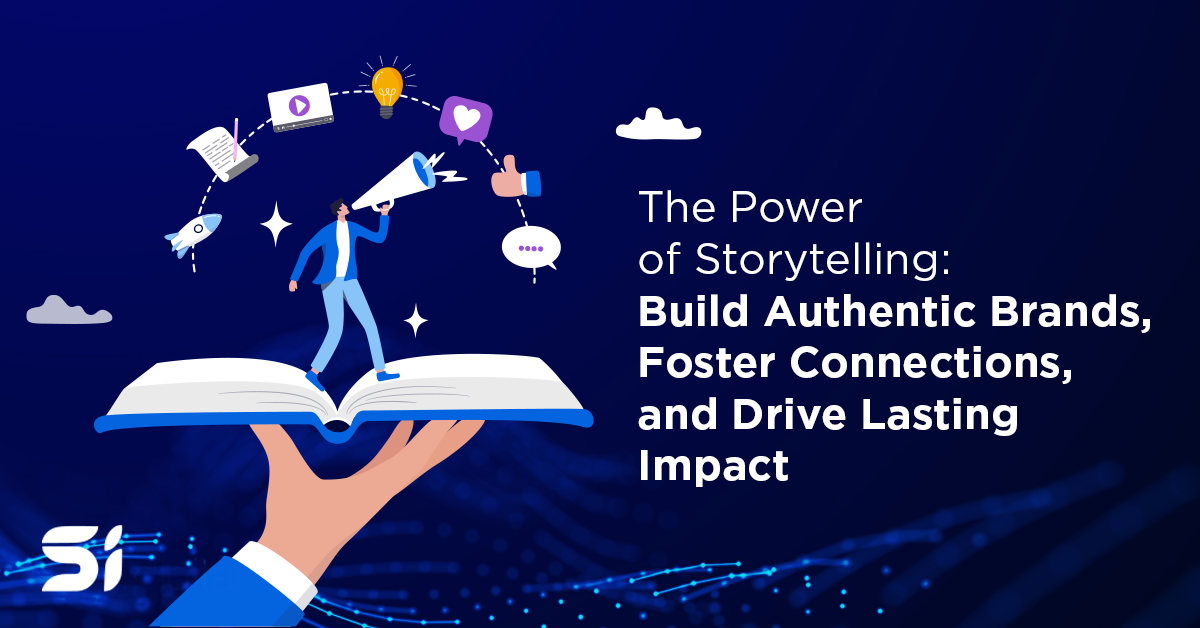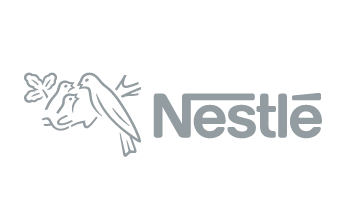Every time customers interact with your company’s operational environment is an opportunity to gain insight into your business. With or without making a purchase, you will get a valuable array of data. Is your business correctly utilizing this wealth of knowledge?
Most businesses misuse customer data. Instead of prioritizing it as a highly valued business commodity, they view it as impertinent, and most don’t take the time to sift out opportunities for growth and adaptation that is embedded in your data.
Only 7% of companies engage in real-time data analysis. This can be surprising in that big data can uncover the truth about your business. Big Data can deliver the actual metric to measure your business’ operations success or symptoms of failure.
So why is everyone not doing this?
Your company’s ability to retrieve and analyze insight from multiple data sources is a crucial determinant for any big data project, In the same research, only 5% of businesses could extract information and analyze the impact of marketing campaigns they launch.
However, things are looking up for big data. In the next five years, SnapLogic revealed that businesses are planning to spend an average of $1.7 million on big data measuring and analysis; opposed to the current $800,000. Studies have shown that such investments could lead to an average of 540% in returns for your company.
Excited? We are. So how do you dive into big data for your business? First of all, let us clear things up a bit.
What’s business data? What’s big data?
How can you use it to connect better with your customers and bake it into a value-based business decision-making process?
Business data, in a nutshell, is the raw facts and figures collected by a business in its day-to-day operations and in turn used for planning and operational purposes.
Big data is large volumes of structured, unstructured, and semi-structured data mostly generated in real-time from a myriad of devices.
It’s a daunting task to use traditional methods to process such vast amounts of data. Hence, our data analysts use modern analytics tools to uncover human interactions with a business environment and trends.
The following are some types of business data:
- Transactional data
- Customer data
- Employee data
- Social media data
- Market data
- Risk data
Amazon, for example, stores 35 kinds of transactional data every second. Leading to vast deposits of data kept in its data stores. How it analyses this and uses it to make profitable operational decisions lies in its extensive use of big data analysis tools.
What type of big data is best suited for your business?
Big Data tools can have an incredible impact, but where to start? These top three types can see the most significant impact to your business of data:
- Internal financial data
- Customer / Transactional data
- IT data or Tracking Data
Business data can be either structured, unstructured, or semi-structured. What’s the difference? The key is to understand which business structure leads to better business intelligence (BI) with investing in its analytics.
Structured business data:
This is data that is collected, stored, and organized for ease of analysis. You may call it traditional data due to the emergence of new data sources, but you will still need to refer to structured data stores occasionally, to extract insights owing to its already-organized nature.
Structured data can be searchable and includes phone numbers, ZIP codes, or Social Security Numbers of your customers or anyone else within your business’s outreach. Also, it can be machine or human-generated.
Unstructured business data:
80% of your company’s data is unstructured. It’s merely data that isn’t organized, and hence daunting to reference. It can also be human or machine-generated. Some types of unstructured data include:
- Social media data
- Mobile text messages
- location-based data
- Text files such as spreadsheets and presentations
- Web traffic raw data
- Sensor data such as traffic, weather
It’s also important to note that unstructured data resides in applications while structured data resides in relational databases.
Semi-structured business data:
This may take up 5% of the data pie, but it’s critical for business success. It maintains markings and internal tags, which identify separate data insights.
An email address is a common type of semi-structured data.
As we said earlier, any piece of data is valuable and holds great business success potential. That’s why most businesses are planning to invest in better data analytics tools.
However, despite the vast potential, businesses report to use only 51% of collected big-data and make 48% of business decisions based on data. With the benefit of insight gained to customer trends by utilizing this data, it’s counterintuitive not to have your data work for you.
Cross-device marketing:
You can not talk about big data without mentioning data-generating devices? No, it would be best if you had a range of data sources to create a highly effective data model.
Data sources lead to cross-device marketing, which is the new standard in digital marketing.
The number of machine-generating data sources is increasing. The average potential customer owns 2.6 connected devices. A person can be logged into Facebook on his smartphone, read the news on his or her tablet, and finally search for information on his desktop.
36% of online shoppers utilize more than one device to complete online purchases, with online shoppers making up to 58.9% of online purchases on mobile. How do you track their journey across devices and present them more personalized and targeted experiences?
The time has come when brands need to invest more in cross-device marketing as it’s proven to be a dominant performance lever. 80% of digital marketers vouch for a comprehensive cross-device strategy as a necessity for success.
No one wants to make poor business decisions based on weak data, and potentially put their business in jeopardy. You can learn to analyze customer actions such as website action, social media behavior, and digital ad clicks and create a holistic profile of your ideal target customers.
The following are some benefits of unleashing the power of business data.
Better decision making from significant data-driven insights
As a business owner, you are required to make business decisions regularly. From the type of employees to hire, to which business model to adopt, pricing, as well as knowing your expenses, you need to understand how to make wise and profitable decisions. By analyzing big data insights and developing more impactful business intelligence strategies one can not only quickly get the answers they need but also predict how these answers might change over time based on alterations to the business model, pricing strategy, staff shifts etc.
Data Analytics for business, at scale, can enable you to make better fact-based business decisions as well as undermine technological silos and existing information. They not only allow for-profit increases but also contribute to higher operational efficiency.
Have you ever hired a business analyst for your organization? In today’s high paced economy it has become essential to have someone with vast analytical techniques and capabilities on your team; however the need for this type of person can be minimized once your Data Analytics platform is set up and tested.
Do you wind up making business decisions based on traditional, gut feeling, or theory? You can save your business from suffering unnecessary losses by going the data-driven decision making (DDDM) way!
It does not stop there, data and A.I. also helps to uncover predictive customer behavior
Companies that use consumer behavior insights strategically are 85% more profitable than companies that don’t. Truly understanding your customer takes more effort than you think. It involves a careful analysis of the customer’s interactions with your business environment and defining a more significant aspect of their profile or segment.
To do this, you have to understand their journey. From the moment customers get exposed to your business’ operational environment up until they make a purchase, real-time big data analysis will provide an in-depth look into all this important customer behavior.
With real-time data, you can tell the purchase pattern, the links the customer clicked, the advertising that engaged them, their demographics, what their interests are, and what caused them to stay on your site, visit your store or buy your product, or even more important why they did not buy.
With this kind of data at your disposal, executing targeted and profitable marketing campaigns is no longer a daunting task. Effective data analysis and business success go in tandem, and it gets more effective, the more you do it!
Businesses that invest in real-time customer data harvesting, blending, and analysis tools tend to gain a significant return on investment.
Big data and customer segmentation
The whole purpose of undertaking customer segmentation is to offer a personalized experience to customers. Do you truly understand how essential excellent customer experience is to your business? Statistics show that:
55% of customers will pay more for exceptional customer experience.
84% become frustrated when you don’t have information about what you’re selling.
It’s more costly to acquire new customers (6 to 7 times more) than to keep existing ones.
With such stats, you need to segment your customers in regards to customer data. You can decide to segment your customers based on:
Value: what was the cost of the product they bought
Level of engagement: How often do they engage with your business environment
Buying frequency: How often do they buy your offers
Segmentation is not only powerful in email marketing but also enables you to discover your hidden business potential. But what’s the best way to carry out this? Well, business data off course. It allows for better and more effective customer segmentation.
Big data streamlines marketing campaigns
Guess what; the world now produces 2.5 Exabyte of data every day, which translates to an astonishing amount of communication that your customers navigate daily. However, even with such extensive amounts of valuable connection points at your disposal, you need to learn how to turn it into powerful business intelligence insights to power your marketing campaigns.
Would you want to apply tweaks and tricks to your marketing campaigns before it goes live? The key is to run data-driven marketing campaigns. Also, you can calculate the profitability of the campaign before launching and cut costs where necessary.
You can also use data to set marketing campaign goals and key performance metrics (KPMs). These goals will guide the entire campaign and enable better ROI.
Over to you!
In the modern marketing and business world, where the internet economy is growing at 8% annually, business data at scale is a crucial requirement for business success. Most businesses are investing in not only acquiring better and more robust data collecting and analyzing tools but also skilled data teams to influence top business decisions.
However, in as much as businesses focus on data collection, most still make decisions regardless of data insights. The trend is set to dwindle however, since companies that make data-based decisions experience an 87% ROI.
Regardless of the size of the company, big data provides an even playing field for all businesses. As long as a business has access to market insights (which most companies do) opportunities are limitless. Big data is a valuable asset. Have you invested in it?
Work with the experts
Do you want to extract rich customer information from your business data to innovative, at Si we do just that, we also launch highly profitable marketing campaigns driven by data. Whatever the problem or big data question, Simply Intense can help. We analyze your business’s big data and develop valuable business intelligence and powerful marketing tools, strategies, and training. Contact us today.










"Their experience and stewardship assisted us in making the right decisions for this project and many others."
Massy Stores
Vice President Marketing & Communications